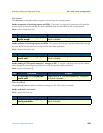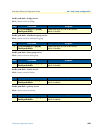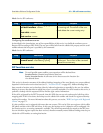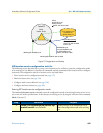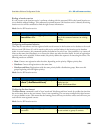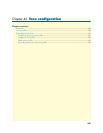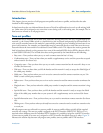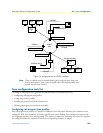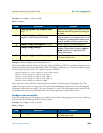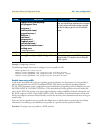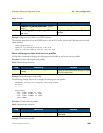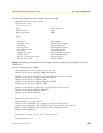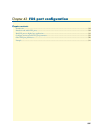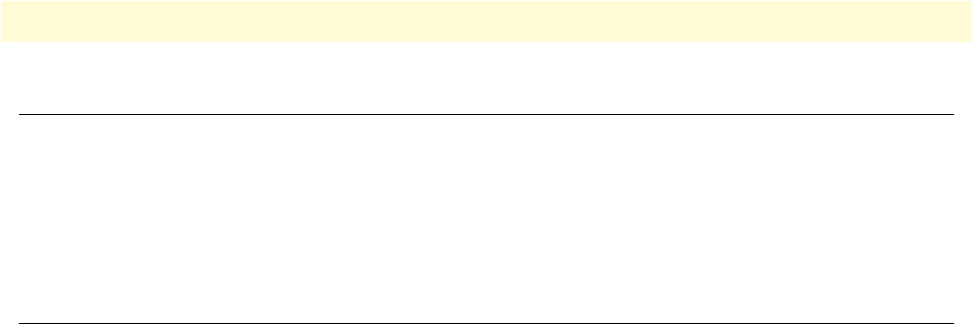
Introduction 530
SmartWare Software Configuration Guide 42 • Tone configuration
Introduction
This chapter gives an overview of call-progress-tone profiles and tone-set profiles, and describes the tasks
involved in their configuration.
In-band tones keep the user informed about the state of his call or additional services such as call-waiting, hold
etc. Other tones can be assigned to any event that occurs during a call, a call waiting tone, for example. The in-
band tones are referred to as call-progress-tones.
Tone-set profiles
In traditional PSTN networks the in-band tones (dial tone, alerting tone, busy tone etc.) are generated by the
network, i.e. the Central Office switch or a similar device, and are relayed transparently by the SmartNode. In
voice over IP networks however this model of a network side providing services including in-band tones is not
given in all situations. For example, two SmartNodes may be connected directly to each other over the access
network without the intervention of a traditional Central Office switch. This imposes the need to generate the
local in-band tones directly on the gateways since none of the attached ISDN devices (PBXs, phones) will do
so itself (ISDN USR side). The in-band tones that can be generated by the SmartNode are the following:
• Busy tone—Tone you hear when you try to reach a remote extension but it is busy.
• Confirmation tone—Tone you hear when you enable a supplementary service and the system has accepted
and activated it (for future use).
• Congestion tone—Tone you hear when you try to reach a remote extension but the network is busy or out
of order (for future use).
• Dial tone—Tone you hear when you lift the handset and the network is ready to accept the dialed digits of
the called party number.
• Hold tone—Tone you hear when you are in an active connection and the remote extension sets you ‘On
Hold’ to reach a third party extension.
• Release tone—Tone you hear when you are in an active connection and the remote extension terminates the
call.
• Ringback tone—Tone you hear when the called party number is complete and the remote extension is ring-
ing.
• Special dial tone—Tone you hear when you lift the handset and the network is ready to accept the dialed
digits of the called party number but on your system is still a supplementary service activated (for future
use).
• Special Information tone—Tone you hear when you try to reach a nonexistent remote extension (for future
use).
• Waiting tone—Tone you hear when you already have an active connection and a second new extension tries
to reach you.
All call-progress-tones are collected in a tone-set profile. A tone-set profile collects typically all the required
tones for one country. The tone-set profile is assigned to the PSTN interface (ISDN, FXS, FXO) or if it is
required to have different tones for individual PSTN interfaces it’s possible to assign for each PSTN interface
its own tone-set profile. If no tone-set is assigned to a PSTN interface the default tone-set is taken. Figure 76
illustrates the relation ship between call-progress-tone profiles, tone-set profiles and PSTN interfaces.



